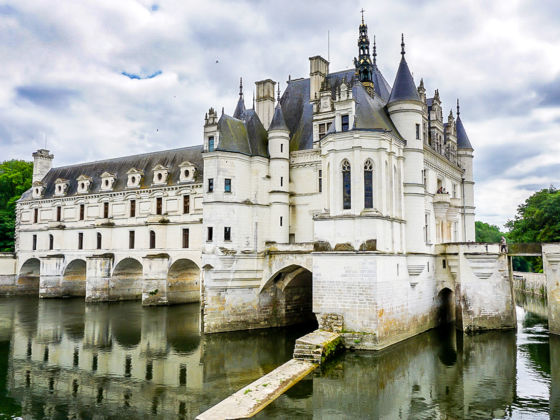I experienced, photographed, ate, and explored my way through 17 cities in 8 European countries. Through my travels, I quickly realized how drawn I was to Europe for an infinite amount of reasons, one of those being the incredible architecture. From castles to cottages, cathedrals to columns, the great buildings of Europe are their own story. Here are examples of the awe-inspiring beauty that is European architecture.

Venice, Italy
After meandering over cracking concrete bridges and along paint-chipped buildings, I found myself in front of a large wooden door. I entered the first apartment I would call home over the next few months. I leaned out a worn kitchen window to a lagoon breeze and the sight of a Venetian canal. The ancient waterways allow for romantic rides in gondolas, as well as picturesque views of watercraft tied along piers budding up against brightly colored buildings, but also pose a measurable danger. Venice has sunk about 9 inches in the past century, and with water levels rising, the historic city often floods.
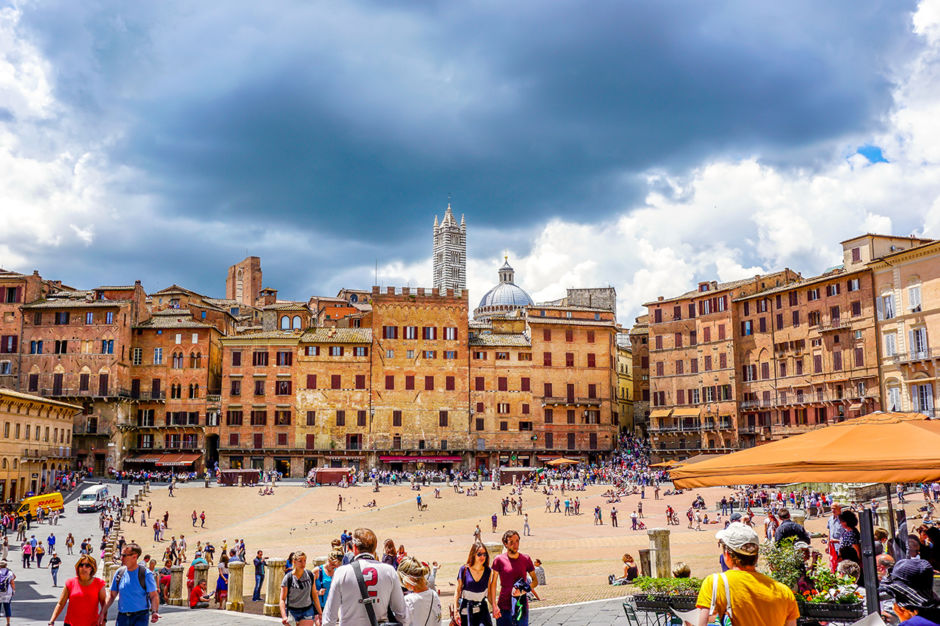
Siena, Italy
As I made my way past gelato shops and quaint boutiques along the winding streets of Siena, shadows from close-knit buildings cast a constant slight gloom. Eventually, the alleyways opened to the remarkable Piazza del Campo, a space created by buildings around the open-air plaza. A trait of European architecture is its ability to create remarkable space within the buildings as well as outside of them. The Piazza del Campo holds the Fonte Gaia and the towering Torre del Mangia. The crumbling brick buildings around the Piazza give this plaza a unique sense of place.
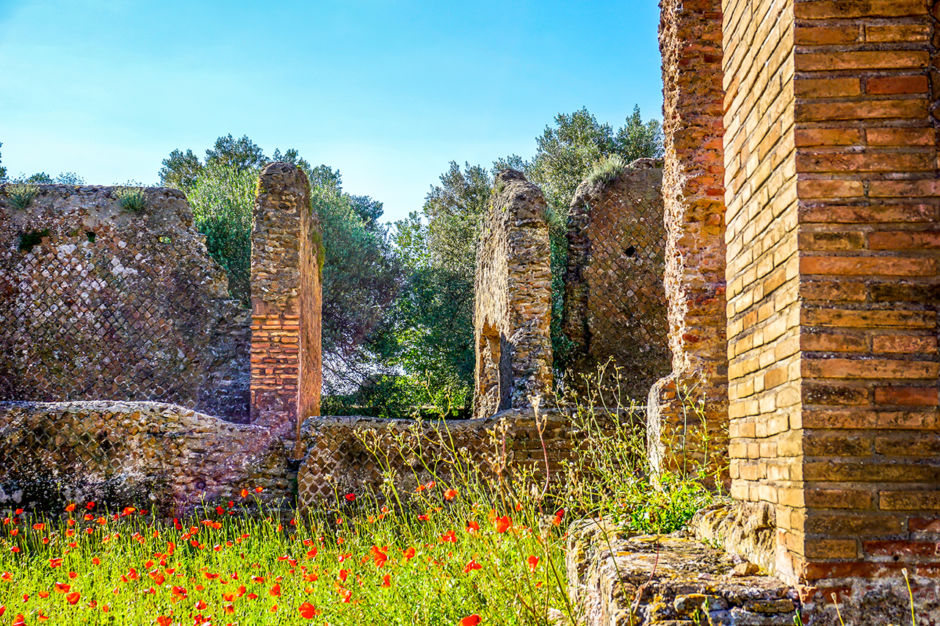
Tivoli, Italy
Red flowers and crumbling ruins are scattered throughout the hills of which once was Hadrian’s Villa. Resting on 250 acres, the villa was built as a retreat for the Roman Emperor Hadrian and was occasionally used by his successors. Choose your own path and let the ruined walls remind you of lavish parties and political meetings that were held in the space now occupied by flowers and broken bricks.
Intermission

Civita di Banoregio, Italy
Situated on a crumbling plateau, the town could be in a fairy tale. Victims of erosion, the old buildings crumble into the valley as their support disappears from under them. As I advanced under ancient arches and past ivy-covered walls, I was able to glimpse historic architecture without the tourist lines or museums. Unaffected by much of today’s modern society because of its location, Civita is an unaltered glimpse into the history of Italian architecture.

Rome, Italy
The Colosseum is one of the most identifiable pieces of architecture in the city. With the capacity to fit 50,000 people, this massive structure of stone and concrete took around ten years to be built (a fairly short amount of time for the era, around 70 AD). As I went from the inner halls to the vast arena, I couldn’t help but imagine the events that took place here: from gladiatorial combat to wild animal hunts and mock naval battles.
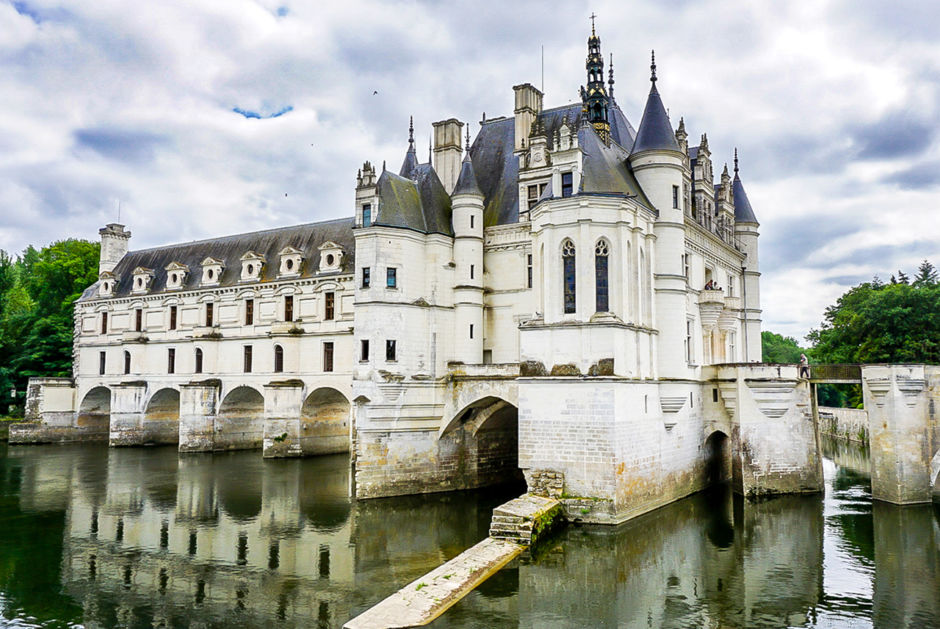
Chenonceau, France
As I was strolling down an allée in the French countryside, the view eventually opened to the intricate gardens worked on by Catherine de Medici - and the Château de Chenonceau spanning the beautiful Cher River. Originally built on the foundation of an old mill in 1514-1522, Chenonceau is breathtaking. The picturesque bridge was constructed in 1555, under the supervision of Philibert de l'Orme, one of the most famous French Renaissance architects.
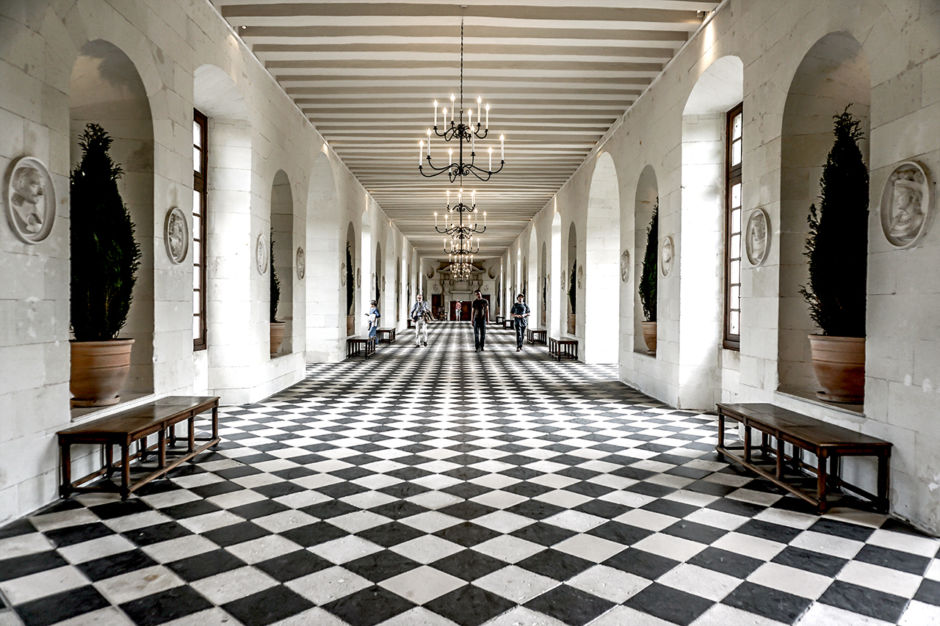
Chenonceau, France
The second image above is the gallery designed by Jean Bullant and commissioned by Catherine de Medici from 1570-1576. The gallery has been home to extravagant parties, art exhibitions; it served as a hospital wing and was a key location in smuggling people from Nazi Germany.
Intermission
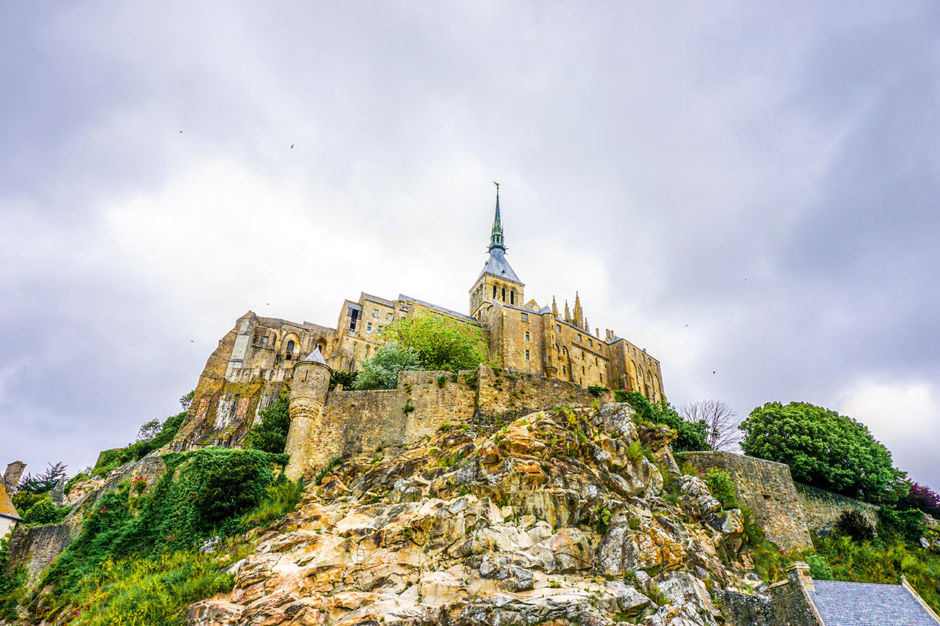
Mont Saint Michel, France
Accessible only by a bridge, Mont Saint-Michel was once connected to the mainland by a tidal causeway, where the low tide would reveal the only path to the island. This peculiar condition made the place defensible and allowed it to typically remained untouched by attackers. As I walked up the streets, I noticed Mont Saint-Michel is built according to the feudal system, with the beautiful monastery at the top, followed by great halls and curving streets lined with housing, and small homes belonging to the fisherman at the bottom.

Paris, France
Soon after dawn, morning light illuminates the elegant details of the architecture. Intricate corbel-supported balconies lined with twisted wrought iron frame double wooden doors which rise above me, engraved as if straight from the pages of a Tolkien novel. I turn the corner at a bakery and see one of the most famous pieces of architecture in the world. The Eiffel tower does nothing short of taking my breath away.

Brussels, Belgium
After attempting to sleep on my Brussels-bound bus, I woke up with crusty eyes and a little achy in Belgium. Plenty of things had me excited about this place, but little did I know what awaited me in La Grand Place, also known as De Grot Markt. A space surrounded by buildings dating back to 1402, the square is home to the impressive City Town Hall, the Guild Halls, and the Breadhouse, which hosts the Museum of the City of Brussels. As I ate waffles swimming in Nutella and basked in the beauty of the detail and trim on the buildings surrounding me, I glanced up from my breakfast and snapped the image above.

Prague, Czech Republic
I cranked open the small, creaky window which looked out from my fourth-floor room to Prague. There was no screen, nothing to separate me and my little leather notebook from the sounds and smells of the city below. The Czech Republic was rendering me near-wordless as I stared down at the blank pages, unable to verbalize what I had seen that day. Gothic, Renaissance, Romanesque, and Baroque era architecture still exist within the city. I'd been able to walk through hundreds of years of detail and stonework as I explored the shop-filled streets. The gothic style Charles Bridge, with its 30 statues from the baroque period lining its edges on stone pedestals, is one of many examples where different time periods of architecture work together. This view from the shore of the Vltava River illustrates Prague's many styles of architecture.
